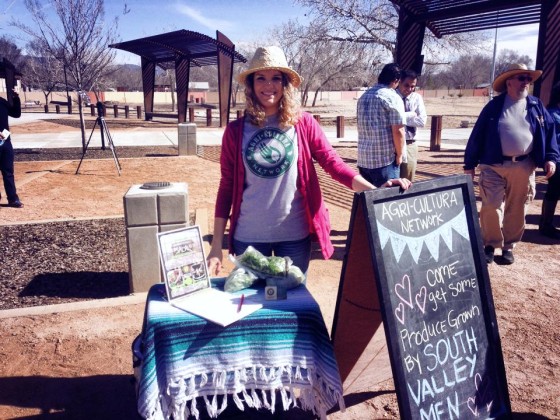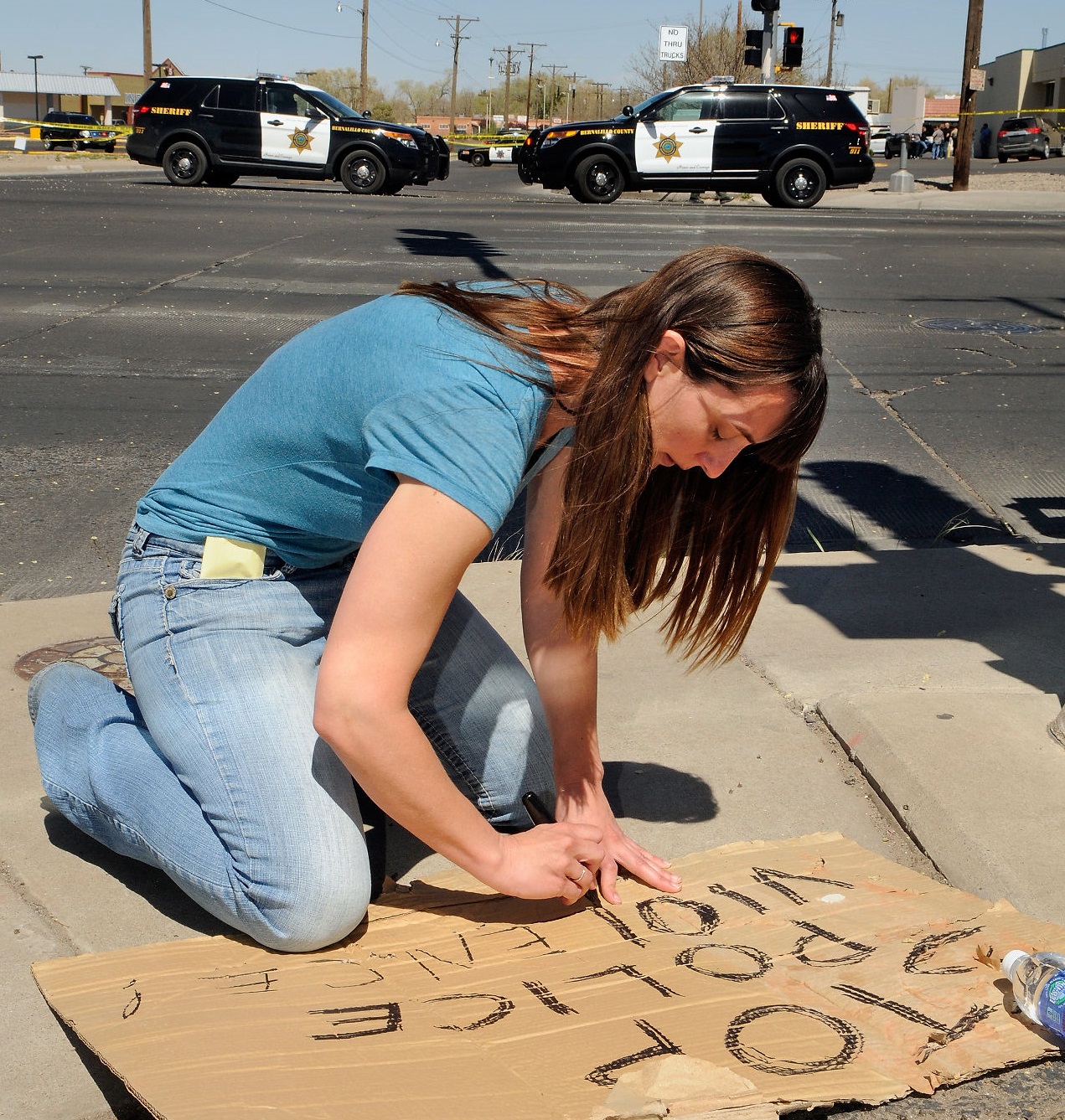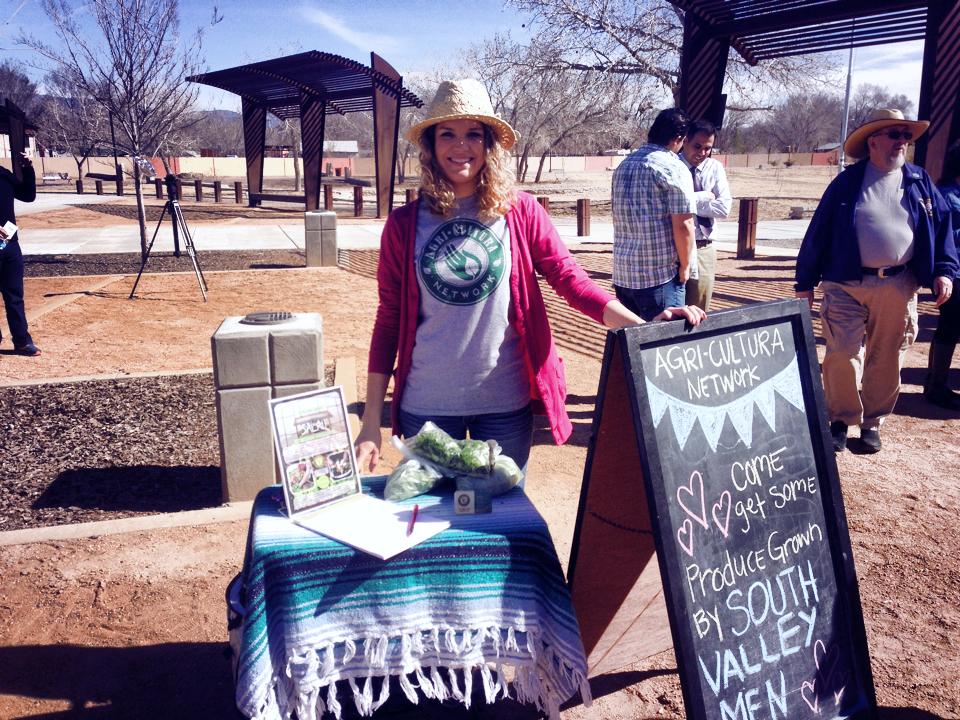1. Sayrah Namaste fights to (un)Occupy Albuquerque.
Four years after Occupy Wall Street took over the news, Albuquerque has one of the few groups left standing. For (un)Occupy ABQ, wealth inequality cannot be solved without addressing racism and colonization. The group’s agenda champions rights for workers, immigrants, and indigenous peoples and fights against police brutality and home foreclosures. Recently, the group mobilized a ‘Tractor Brigade’ of hundreds of land-based protesters to march — complete with tractors and pitchforks — against the proposed Santolina development, which they say would overextend the sprawling city’s fragile water resources.
Committed to self-education, the group hosts classes and anti-oppression trainings around gender, race, and more, with the goal of using direct action over policy reform. As for the name ‘unoccupy’? “New Mexico has been colonized repeatedly,” says Sayrah Namaste, a participant with (un)Occupy ABQ. “We don’t want to replicate oppression while working to fight oppression.”






